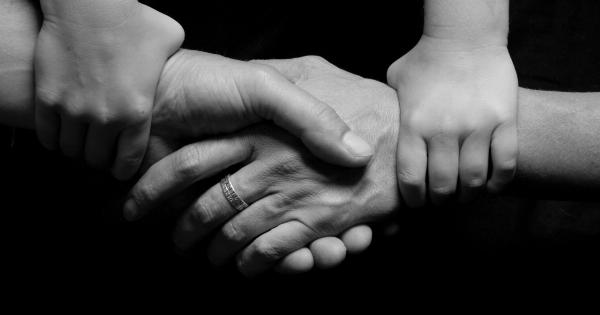When we meet someone for the first time, whether it’s a potential business partner, a date, or a new friend, the signals they give off can tell us a lot about them. These signals communicate much more than just words alone.
Understanding how to interpret these signals can help us navigate our interactions and build stronger connections with others.
1. Body Language
Body language is a powerful form of nonverbal communication. It includes gestures, facial expressions, posture, and eye contact. Pay attention to how the person you are meeting carries themselves and how they react to certain situations.
A relaxed and open posture suggests they are comfortable and engaged, while crossed arms or a frowning face may indicate hesitance or discomfort.
2. Tone of Voice
The way someone speaks can reveal their emotions and attitude. Notice the tone, volume, and pitch of their voice.
A warm and enthusiastic tone could indicate interest and openness, while a monotone or hesitant voice may suggest reservation or disinterest.
3. Eye Contact
Eye contact is a powerful indicator of engagement and interest. Maintaining good eye contact shows that someone is actively listening and interested in what you have to say.
On the other hand, avoiding eye contact may suggest nervousness or disengagement.
4. Touch
Touch can communicate a range of emotions and intentions. A firm handshake or a friendly pat on the back can convey warmth and trust. However, be mindful of personal boundaries. Some people may feel uncomfortable with excessive or inappropriate touching.
5. Mirroring
People naturally mimic the behavior of those they feel a connection with. Mirroring can be an unconscious sign of bonding and rapport. Notice if the other person mirrors your gestures, body language, or expressions.
This could indicate a positive connection.
6. Personal Space
Respecting personal space is essential in any interaction. Different cultures and individuals have varying expectations when it comes to proximity.
Being aware of and respecting someone’s personal space boundaries can demonstrate your consideration and understanding.
7. Listening Skills
Effective communication involves active listening. Pay attention to whether the person is genuinely listening to you, asking follow-up questions, and showing interest in your conversation.
Poor listening skills may suggest a lack of engagement or disinterest.
8. Microexpressions
Microexpressions are quick, involuntary facial expressions that reveal genuine emotions. These fleeting expressions can be challenging to spot but can give valuable insight into a person’s true feelings, even when they are trying to hide them.
9. Verbal Cues
While nonverbal signals are essential, verbal cues also play a significant role in communication. Pay attention to the person’s choice of words, tone, and speed of speech.
These factors can provide clues about their personality, emotions, and comfort level in the conversation.
10. Intuition
Lastly, trust your intuition. Sometimes, our gut feeling can tell us more about a person than any specific signal. If something feels off or inconsistent, it’s worth paying attention to and exploring further.
Conclusion
Interpreting the signals during our first meeting is crucial for understanding others and building meaningful connections.
By observing body language, tone of voice, eye contact, touch, mirroring, personal space, listening skills, microexpressions, verbal cues, and trusting our intuition, we can gain valuable insights into the person we are meeting. Remember, effective communication involves both listening and understanding the nonverbal cues that go beyond the words spoken.





























